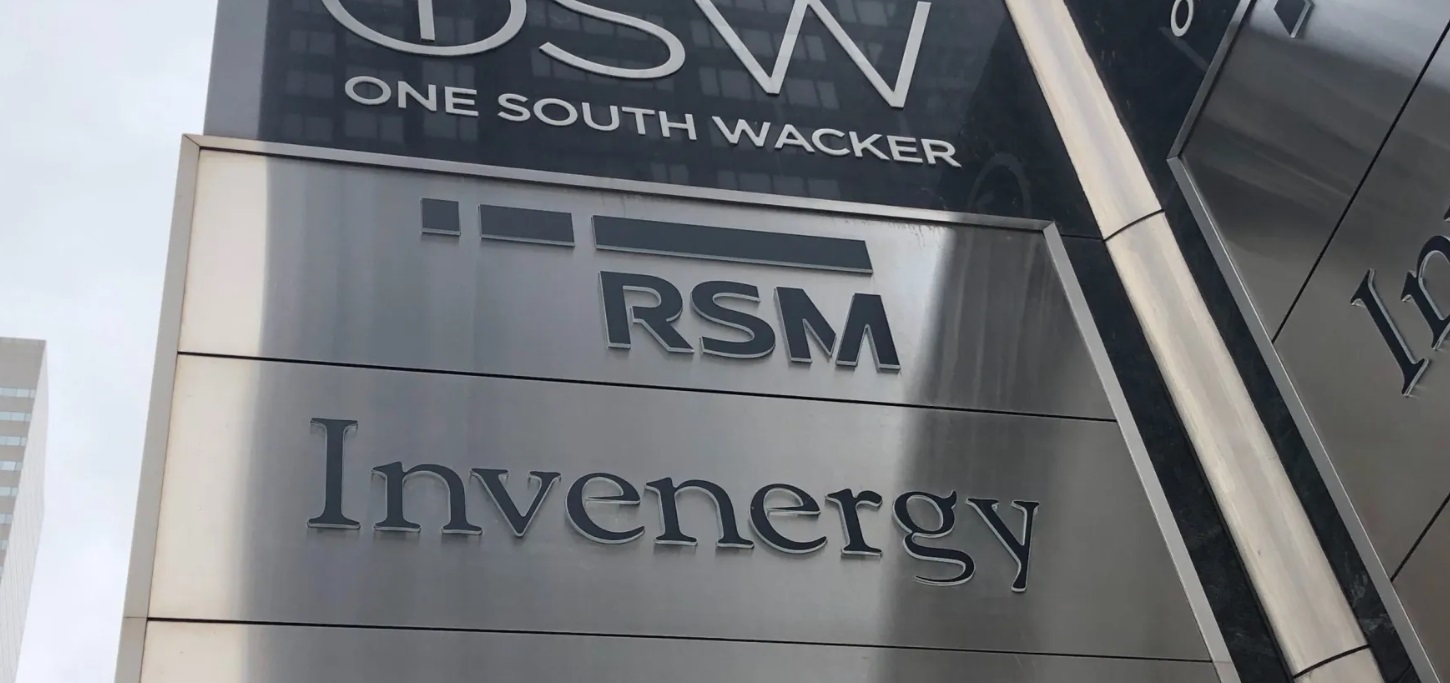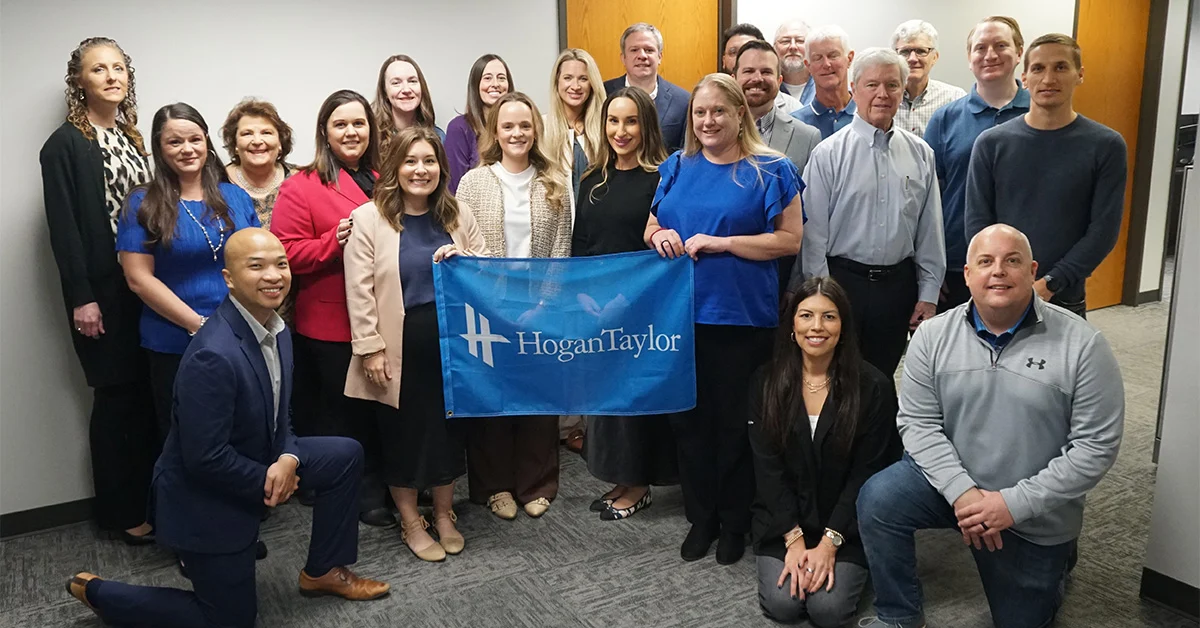Health care costs for employers continue to rise. Data from the National Business Group on Health (NBGH) survey found that employer-sponsored health care benefits are expected to approach $15,000 per employee this year—up from $14,099 in 2018. Many employers will cover up to 70 percent of this cost. In addition to the increased costs, uncertain regulatory changes and restrictions in access to coverage continue to threaten the amount of control employers have over their health care insurance.
Industry studies show that employee benefits can account for over 35 percent of payroll expenses and that the availability and quality of benefits programs are among the key determining factors in an employer’s ability to attract and retain talent. With the challenges of today’s business environment more and more employers are continuing to explore the opportunity to self-fund a portion of their program to help mitigate the increased costs. Self-insured retention programs (SIRs) have been a go-to method for a number of years now to control costs, however, there are a number of challenges that make the SIR approach difficult and inefficient for small and mid-market businesses.
These are three common SIR short falls:
It Can Be Difficult to Set Aside Reserves
Generally speaking, small and mid-market companies don’t have the same balance sheet and free available cash flow as their Fortune-rated brethren. Having to attribute a portion of revenue towards a new benefits cost can put a strain on operating budgets. For businesses that feel this pinch there is a propensity to use the reserves that were earmarked for the healthcare coverage to shore-up revenue shortfalls elsewhere in the company.
Cash Flow Challenges
Cash flowing a traditional insurance purchase is simple – a business makes premium payments and the risk is transferred. Exposure to claims is generally limited to small deductible expenses and the corresponding rate increase for the renewal policy. With a larger SIR this becomes more complicated and unpredictable. Premium payments still occur (and are generally smaller) and the risk is still transferred. Claims, on the other hand, are paid out of the SIR as they come in. Due to the unpredictability of health care-related claims, the volatility of this liability can be incredibly hard for a business to withstand if they have a sensitive balance sheet.
Inefficiency
Appropriately funding an SIR and the associated insurance premiums for most businesses is an inherently inefficient method. Revenues earned by the business and earmarked for the SIR are eroded by tax before they are able to be reserved. Premium payments to a traditional insurance carrier are generally a sunk cost. There’s also a lost opportunity cost associated with the inability to invest the funds of an SIR, and unless it is set aside into a trust (which is very rare), the SIR reserves are potentially at risk from the business’s and business owner’s personal creditors.
The Captive Solution
Utilization of a captive insurance company with an SIR helps to mitigate and eliminate the challenges described above. A captive insurance company is a licensed insurance company insurance company, regulated in an appropriate jurisdiction, formed to insure the risks of its owners and sometimes third parties. Captives have been around in the United States since the 1950s. A captive insurance company is generally owned by the same economic interest as the primary company it insures, resulting in the capture of underwriting profits by the business owner. More simply stated: Captives have been around for a long time, are used by businesses in almost every industry and allow businesses to keep the money they previously spent on premiums to the traditional insurance market.
Capturing the risk also provides the captive and business owner with the ability to take back some control over their program. Owners can decide which coverages they would like to offer (such as vision or dental) or which programs they would like to replace (such as supplemental benefits through an insurance provider like Aflac).
Captive insurance companies offer employers’ these benefits:
Budget Confidence
Insurance premiums are designed to pre-fund for future anticipated losses. As such, owning a captive insurance company can help smooth cash flow for the insured businesses. This loss funding via premium helps to mitigate the volatility of claims expenses. The assets of a captive are also off the balance sheet of the insured business and, when structured appropriately, are protected from the business’s and business owner’s personal creditors.
Asset Accumulation
Implementation of a captive insurance company allows the business owner to retain the premium and underwriting profits that are lost in the traditional market. Underwriting profits are premiums paid in, less claims and operating expenses. The reserves and underwriting profits of an insurance company are also able to be invested, strengthening the balance sheet of the insurance company.
Efficient Risk Transfer
It’s generally understood that insurance is the most practical method for transferring risk. What is often not common knowledge is that owning an insurance company is the most cost-efficient method. Captive insurance companies have direct access to the reinsurance market and are able to avoid a number of frictional costs inherent in the traditional market. Captives are also extremely flexible and are able to effectively provide overage that mirrors the exposures of the underlying insureds. By raising or lowering retentions and properly utilizing assets to take on additional risk a captive also helps to isolate the business from price swings in the commercial market.
By funding an SIR through insurance premiums, the insured business is generally able to deduct the premium expense under IRC Section 162(a), an opportunity that it doesn’t have without a captive. In addition to being able to retain and invest underwriting profit or reserves, legitimate insurance companies also receive favorable tax treatment.
Generally speaking, insurance companies are able to deduct the total ultimate future estimated loss value of a claim in the year the claim was filed under IRC Section 831(a). If eligible it is also possible for an insurance company to have its underwriting profits taxed at zero percent under IRC Section 831(b). In either case, insurance companies, and most investment earnings, are generally taxed at C-Corp rates which also presents an arbitrage opportunity for most businesses.
The Captive Advantage
By strategically taking on risk through a captive a business is able to take control of its insurance program, reduce costs and stabilize coverage. These factors directly benefit the employees and their plan participants, helping to create a more satisfied workforce and significant competitive advantage in a very tight talent market. This competitive advantage is further enhanced by the ability to add additional coverages like Workers’ Compensation, Professional Liability or Contract Cancellation to recapture premium spend and better protect the business.
Insurance company ownership also helps to improve the risk management program of the insured businesses as losses can directly impact the economic family. The accumulation of assets through a well-managed captive program allows the captive to take on as much risk as its balance sheet and appetite can handle. This, in turn, allows the insured business to be more aggressive and responsive to market changes as they have the confidence in a wholly owned insurance company behind them. Captives represent the ultimate tool for a business to be able to efficiently provide healthcare to its employees.
==========
Nate Reznicek serves as director of operations for CIC Services, LLC. He is a Certified Analytic Broker and holds a Property and Casualty license and a Project Management Professional (PMP®) certification. He sits on the Captive Insurance Companies Association (CICA) Programming Committee as well as the International Center for Captive Insurance Education (ICCIE) Curriculum Committee. He also serves as a subject matter expert on captive insurance for strategic advisors across the U.S.
Thanks for reading CPA Practice Advisor!
Subscribe Already registered? Log In
Need more information? Read the FAQs



